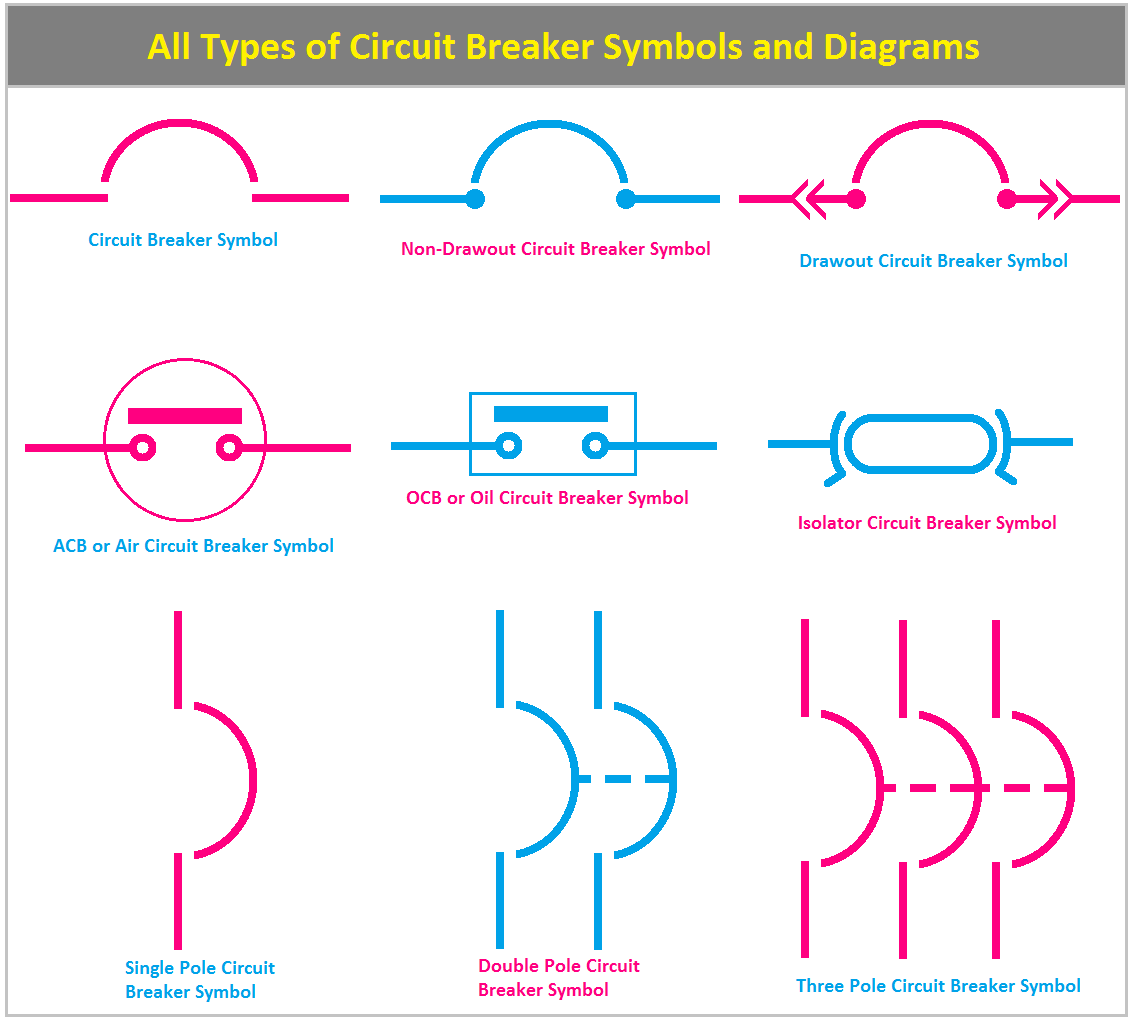Transmission Troubles? Why Your Car Won't Shift

So, your car's giving you the silent treatment, huh? You slam the shifter into drive, and…nothing. Or maybe it's a disconcerting grind, a shudder, a refusal to cooperate. Whatever the symptom, a transmission that refuses to engage gears is a major headache. But before you start picturing dollar signs draining from your bank account, let's explore the potential reasons why your transmission is being so stubborn.
Experiencing difficulty shifting gears is one of the most frustrating car problems. It can range from a minor annoyance to a complete inability to drive. Understanding the possible causes can help you diagnose the issue and determine whether a quick fix or a trip to the mechanic is in order. This isn't about rebuilding a transmission yourself (unless you're a hardcore DIYer), but knowing what *might* be wrong can empower you when dealing with a repair shop.
Transmissions, whether automatic or manual, are complex systems. Their job is to transfer power from the engine to the wheels, allowing your car to move at varying speeds. The inability to shift gears disrupts this power transfer, effectively crippling your car's movement. From the early days of the automobile, transmissions have evolved significantly, becoming more sophisticated and efficient. However, the core function remains the same, and when that function fails, it brings your journey to a screeching halt.
Several factors can contribute to transmission problems. Low transmission fluid is a common culprit, as the fluid lubricates the intricate components within the transmission and ensures smooth operation. A faulty clutch, in the case of manual transmissions, can also prevent gear engagement. More severe issues, such as damaged gears or a malfunctioning solenoid (in automatic transmissions), require professional attention.
The issue of a transmission not going into gear is a ubiquitous one, impacting drivers of all makes and models. It's a crucial aspect of car maintenance and repair, as a functioning transmission is essential for safe and reliable driving. Ignoring transmission problems can lead to more extensive and costly damage down the line, so addressing them promptly is crucial.
For example, imagine you're trying to merge onto a busy highway, and your car refuses to shift into gear. This not only creates a dangerous situation for you but also for other drivers. Another example is a car stuck in park, preventing you from moving it at all. These scenarios highlight the importance of understanding and addressing transmission issues.
If your car has a manual transmission, the clutch is a crucial component for gear engagement. If the clutch pedal feels spongy or doesn't engage properly, it can prevent you from shifting gears smoothly. In an automatic transmission, solenoids control the flow of transmission fluid, and a faulty solenoid can disrupt the gear shifting process.
Advantages and Disadvantages of Understanding Transmission Issues
| Advantages | Disadvantages |
|---|---|
| Empowered to make informed decisions about repairs | Can be overwhelming to learn about complex systems |
| May be able to perform some basic troubleshooting yourself | Misdiagnosis can lead to incorrect repairs |
One common challenge is diagnosing intermittent transmission problems. These can be frustrating because they don't always occur consistently, making it difficult to pinpoint the cause. A solution is to keep a detailed record of when the problem occurs, including specific conditions like temperature or driving speed. This information can be valuable for a mechanic.
Another challenge is the cost of transmission repairs. Transmission work can be expensive, especially if major components need replacing. A solution is to get multiple quotes from different repair shops to compare prices. You can also consider getting a rebuilt transmission, which can be a more affordable option than a brand new one.
Here are some frequently asked questions about transmission problems:
1. Why is my car stuck in park? (Possible causes: faulty shift interlock, brake switch issue)
2. Why does my car grind when shifting gears? (Possible causes: low transmission fluid, worn clutch, synchronizer issues)
3. Why won't my automatic transmission shift into drive? (Possible causes: low fluid, faulty solenoids, shift linkage problems)
4. Can I drive with a slipping transmission? (Not recommended, as it can cause further damage)
5. How often should I change my transmission fluid? (Consult your owner's manual for recommended intervals)
6. How much does a transmission repair cost? (Varies depending on the issue and the vehicle)
7. How can I prevent transmission problems? (Regular maintenance, including fluid changes and inspections)
8. What are the signs of a failing transmission? (Slipping gears, grinding noises, difficulty shifting, leaking fluid)
In conclusion, understanding why your transmission won't go into gear is crucial for addressing this frustrating and potentially costly car problem. From simple issues like low transmission fluid to more complex problems like damaged gears, knowing the potential culprits empowers you to make informed decisions about repairs. Regular maintenance is key to preventing transmission issues, so be sure to follow your car's recommended service schedule. Don't let a stubborn transmission sideline your driving experience. Take action, diagnose the problem, and get your car back on the road smoothly. By being proactive and understanding the potential causes of transmission problems, you can save yourself time, money, and a lot of headaches down the road. Remember, a well-maintained transmission is essential for a smooth and enjoyable driving experience.
Boost your curb appeal with winning behr exterior paint schemes
Level up your discord with black and white profile pictures
Unlock the secrets of old english free translation tools













